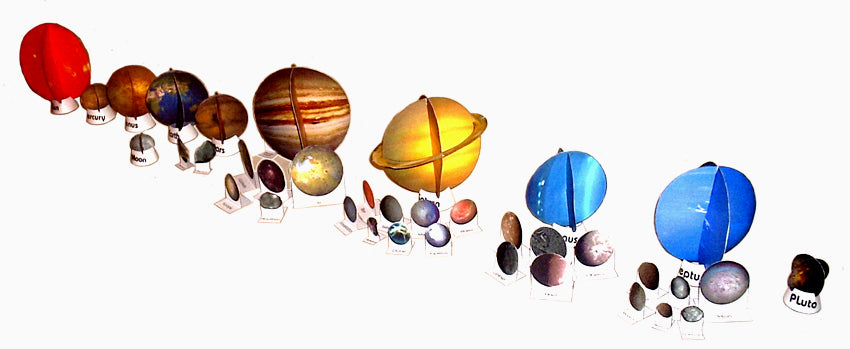The Solar System is made up of the Sun and all celestial objects that orbit around it. This includes the eight major planets – Mercury, Venus, Earth, Mars, Jupiter, Saturn, Uranus, and Neptune – as well as other bodies such as dwarf planets, asteroids, comets, and moons. The Solar System spans approximately 10 billion miles and is believed to have formed around 4.6 billion years ago.

The Sun is the center of the Solar System, comprising almost 99% of its total mass. It is a G-type main-sequence star, which means it is relatively stable and maintains a consistent temperature and luminosity. The planets in the Solar System, along with other objects, orbit around the Sun in a counterclockwise direction.
The Eight Planets
The eight major planets in the Solar System can be divided into two primary groups: the inner planets and the outer planets. The inner planets, also known as the terrestrial planets, are those closer to the Sun – Mercury, Venus, Earth, and Mars – and are primarily composed of rock and metals. The outer planets, or gas giants, are those further from the Sun – Jupiter, Saturn, Uranus, and Neptune – and are primarily composed of gas and ice.
In addition to the eight major planets, there are five recognized dwarf planets in the Solar System: Ceres, Pluto, Haumea, Makemake, and Eris. These are celestial bodies that are nearly spherical in shape, have not “cleared their neighborhood,” meaning they share their orbit with other bodies, and are not moons.
Other Objects in the Solar System
Asteroids are small, rocky objects that orbit the Sun in the asteroid belt between Mars and Jupiter. They can range in size from a few feet to hundreds of miles across. Comets are icy bodies that originate in the outer Solar System and typically have highly elliptical orbits. When a comet approaches the Sun, it heats up and releases dust and gas, forming a noticeable coma and tail.
Moons are natural satellites that orbit a planet or dwarf planet. The Solar System has over 200 identified moons, with more being discovered all the time. Some of the most well-known moons are Earth’s Moon, Jupiter’s four Galilean moons (Io, Europa, Ganymede, and Callisto), and Saturn’s largest moon, Titan.
The Solar Water System
As we learn more about the Solar System, one of the key areas of interest is the potential for finding water. Water is a crucial resource for supporting life as we know it, and finding it elsewhere in the Solar System could be a key step in discovering extraterrestrial life.
Water has been discovered on several objects in the Solar System. For example, evidence suggests that Mars has underground reservoirs of water ice, and there may be liquid water beneath the surface. Several moons in the outer Solar System, such as Europa, Ganymede, and Enceladus, are believed to have subsurface oceans of water. Comets are also believed to contain water ice.
In addition to these discoveries, there is ongoing research into the possibility of extracting water from other resources in the Solar System. For example, the Moon’s surface is believed to contain water in the form of water ice, which could potentially be used to support future lunar missions. Water can also be extracted from asteroids and comets.
Conclusion
The Solar System is a fascinating and complex area of study that continues to yield new insights and discoveries. From the eight major planets to dwarf planets, asteroids, comets, and moons, there is a wide variety of celestial objects to explore. And, as we continue to investigate the potential for finding water in the Solar System, we may be one step closer to discovering extraterrestrial life.